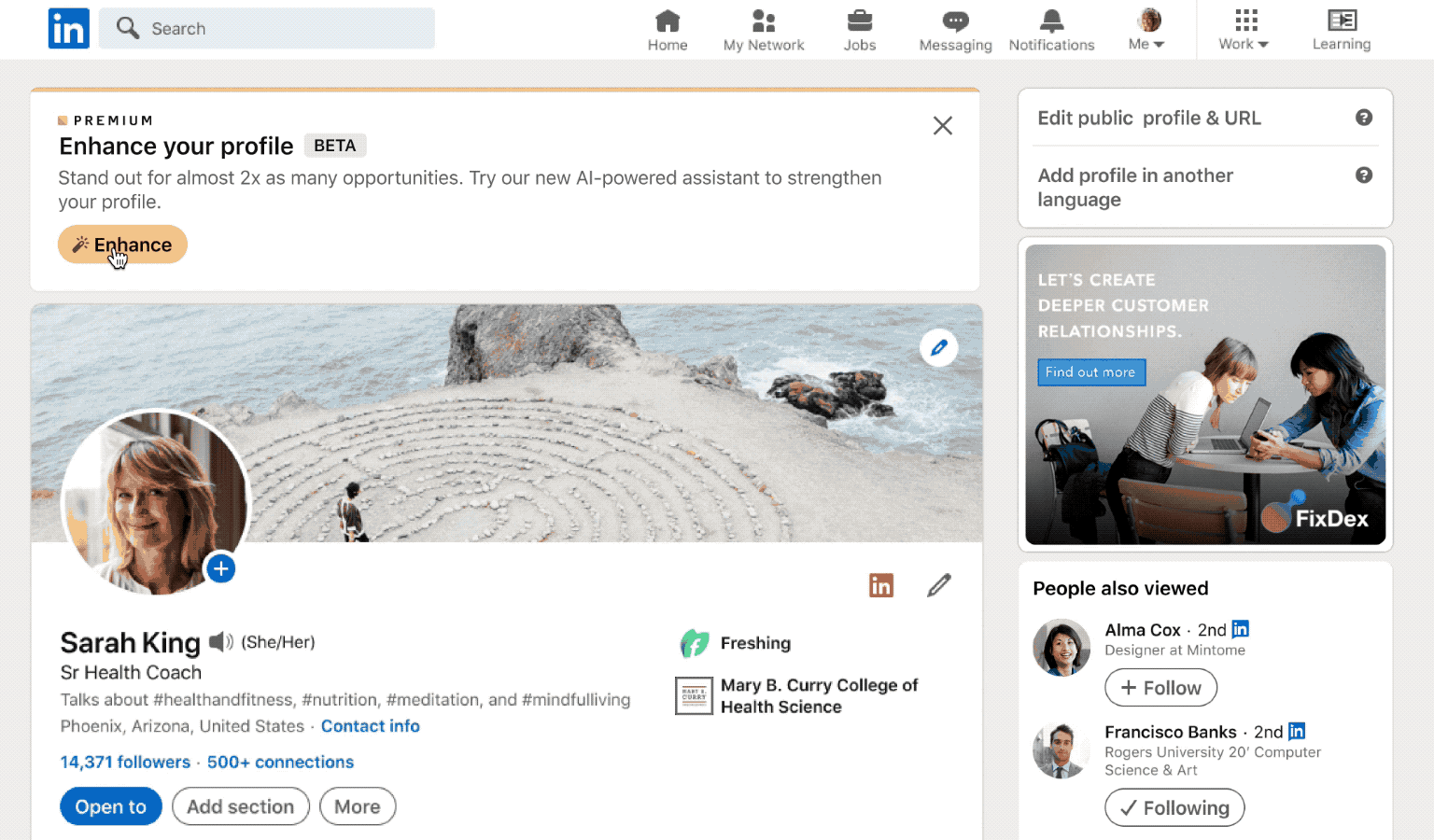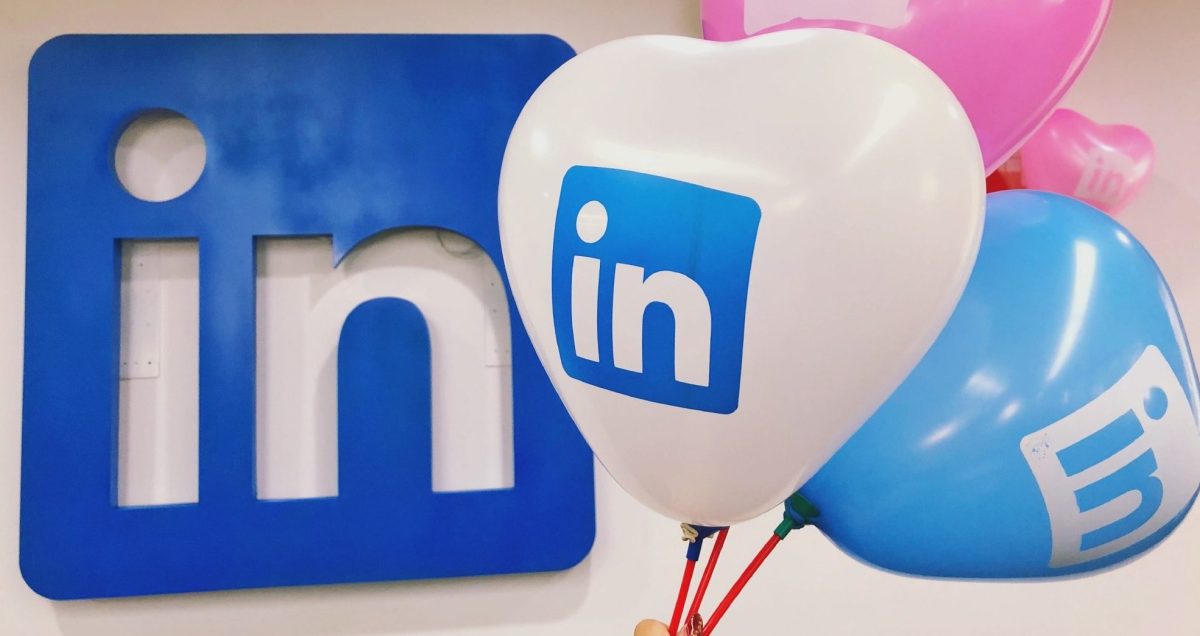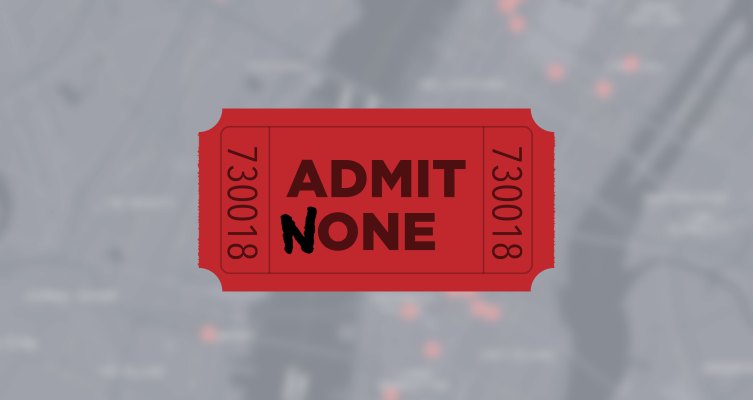LinkedIn expands its generative AI assistant to recruitment ads and writing profiles
Earlier this month, when LinkedIn started seeding “AI-powered conversation starters” in people’s news feeds to boost engagement on its platform, the move saw more than little engagement of its own, none of it too positive.
But the truth of the matter with LinkedIn is that it’s been using a lot of AI and other kinds of automation across different aspects of its platform for years, primarily behind the scenes with how it builds and operates its network. Now, with its owner Microsoft going all-in on OpenAI, it looks like it’s becoming a more prominent part of the strategy for LinkedIn on the front end, too — with the latest coming today in the areas of LinkedIn profiles, recruitment and LinkedIn Learning.
The company is today introducing AI-powered writing suggestions, which will initially be offered to people to spruce up their LinkedIn profiles, and to recruiters writing job descriptions. Both are built on advanced GPT models, said Tomer Cohen, LinkedIn’s chief product officer. LinkedIn is using GTP-4 for personalized profiles, with GTP-3.5 for job descriptions. Alongside this, the company is also creating a bigger focus on AI in LinkedIn Learning, corralling 100 courses around the subject and adding 20 more focused just on generative AI.
The AI-writing prompts for profiles — available initially to paying Premium users — are aimed at helping people who have trouble writing their own enticing overviews of who they are, but might at least be able to spell out some of what they’ve done, which in turn get translated into a more fluid narrative by the AI.

Image Credits: LinkedIn
“Our tool identifies the most important skills and experiences to highlight in your About and Headline sections, and crafts suggestions to make your profile stand out,” the company notes. “By doing the heavy lifting for you, the tool saves you time and energy while still maintaining your unique voice and style.” It encourages you to “review and edit” the suggested content before adding it to your profile.
The job descriptions, meanwhile, will work on a similar principle: A recruiter writes out some basic information including job title and company name. “Our tool will then generate a suggested job description for you to review and edit, saving you time and effort while still giving you the flexibility to customize the post to your needs,” Cohen notes in a blog post. “By streamlining this part of the hiring process, you can focus your energy on more strategic aspects of your job.”
While both are aimed at saving time for users, and getting them to keep those profiles more up to date, or to spur more recruitment business by making it easier to spin up those job profiles, I can think of at least one reason why this might not be ideal.
In the case of those writing their profiles, if the aim of the profile is to get an idea of the person you are potentially recruiting or networking with, you are getting further from that essence by using AI to generate those descriptions. Ultimately, that might mean more rather than less wasted time for recruiters and others that might be checking out a profile and looking to make a connection.
That would be less the case for recruitment advertisements, which today already feel hugely anodyne and often do not really give anyone an accurate idea of what might be expected in a particular role, let alone what it would be like to work at a particular company.
In all, the release of these tools underscores how AI may be a powerful tool, but that universal application is not always for the best. A LinkedIn spokesperson said that “this is just the beginning” and that the company “will continue to leverage generative AI to explore new ways to bring value to our members and customers.”




